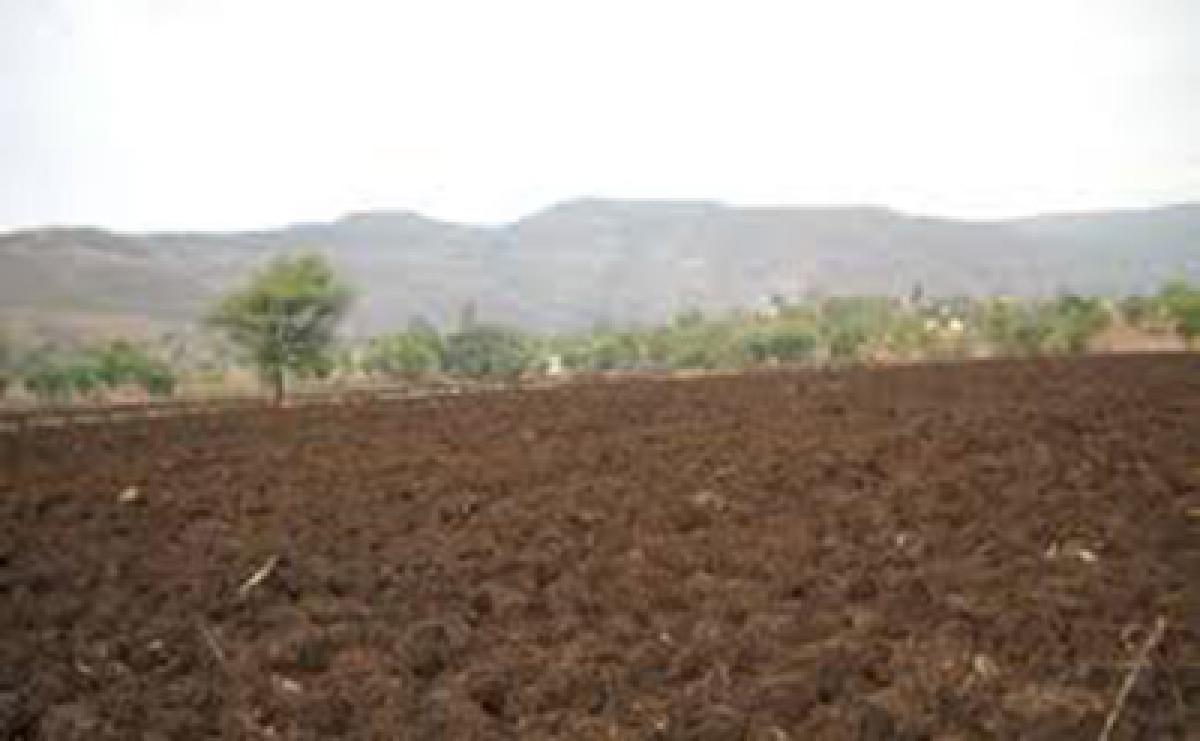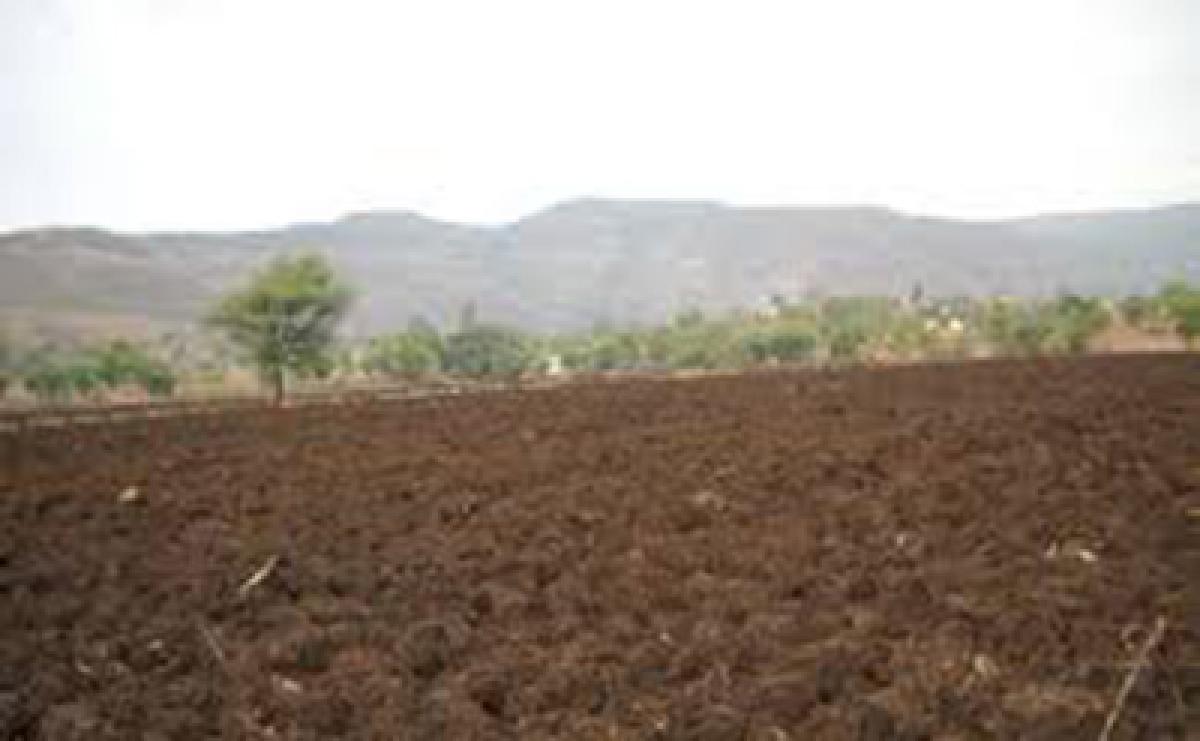Live
- Gurumurthy takes charge as chief of Gowda Corpn
- Study warns: Ultra-processed foods may accelerate biological age
- CM pledges more political opportunities to Madigas
- Year-Ender 2024 Guide: Home remedies to relieve Period Pain.
- All India crafts mela begins today
- TTD gears up for Vaikunta Ekadasi fete
- Vizag attracts tourists as much as Kashmir
- Express Yourself
- Rajadhiraaj: Love. Life. Leela
- Students immerse in nature in Chilkur forest
Just In

The erratic monsoon is terrifying. Conditions of acute drought are showing signs. Power crisis is likely as hydro electricity potential depletes. The monsoon-induced agrarian distress can adversely affect other sectors of the economy, too, as it leads to overall demand contraction.
 The erratic monsoon is terrifying. Conditions of acute drought are showing signs. Power crisis is likely as hydro electricity potential depletes. The monsoon-induced agrarian distress can adversely affect other sectors of the economy, too, as it leads to overall demand contraction.
The erratic monsoon is terrifying. Conditions of acute drought are showing signs. Power crisis is likely as hydro electricity potential depletes. The monsoon-induced agrarian distress can adversely affect other sectors of the economy, too, as it leads to overall demand contraction.
The bestselling author Robert David Kaplan in his book, ‘Monsoon,’ states that global warming is causing more erratic monsoon. The livelihood of millions is at stake due to uneven, patchy, and unpredictable monsoon. The South West monsoon that occurs between June and September accounts for 80 per cent of India’s total rainfall. The Kharif crop in Telangana and Andhra Pradesh faces a serious threat.
India experiences erratic monsoon in four out of ten years. According to The Economist, evidence from past quarter century suggests that the Indian monsoon is less stable. The Inter Governmental Panel on Climate Change (IPCC) says future increase in precipitation extremes related to the monsoon is very likely. Normal monsoon years are likely to become less frequent in the future. A Japanese study on the long-term rainfall for southern India suggests a rapid decline is possible.
As eminent agricultural scientist M S Swaminathan noted, failing monsoon endangers water, food, livelihood and energy security. Urgent mitigation measures are required. Draw up contingency plans. Unfortunately governments seem to be in no hurry, though monsoon-induced agrarian crisis looms large over the two states. Alternate crops need to be encouraged.
Seeds for such crops should be made available. Grain banks are vital for food security and seed banks are for crop security. Promote allied sectors like dairy, fisheries, agro forestry, poultry etc., to insulate farmers from season failures. Arrest distress sale, panic purchases and hoarding owing to short falls.
Monsoon failure means fall in agricultural employment, adversely affecting the income security of the rural people. Non-farm employment opportunities should be substantially enhanced. Irrigation, land development etc can be taken up. Farm animal population faces serious threat. There are already reports of increased cattle trade in weekly markets, indicating an impending severe drought.
Fodder and water should be made available to save the cattle. Agriculture accounts for about 80 per cent of water consumption. Enhancing water use efficiency is the need of the hour. Promoting dry crops, water efficient practices like System of Rice Intensification (SRI) etc., can help in facing the grim situation.
Monsoon can impact urban water supply, too. Water recycling especially in large urban agglomerations has to be incentivised. Stem the leakages in water supply infrastructure to prevent water wastage. Studies reveal that millets are more drought-resistant. Their cultivation in a big way can be an alternative in water-starved conditions. This would also contribute to nutritional security.
Efficient food management is vital both for producers and consumers. It includes food production, procurement, storage and distribution. Efficient supply chain management can reduce post harvest losses. Crop protection measures like pest, pathogen and weed management can at least save whatever little is possible. The government should initiate such comprehensive measures to mitigate the suffering from nature’s fury.

© 2024 Hyderabad Media House Limited/The Hans India. All rights reserved. Powered by hocalwire.com







